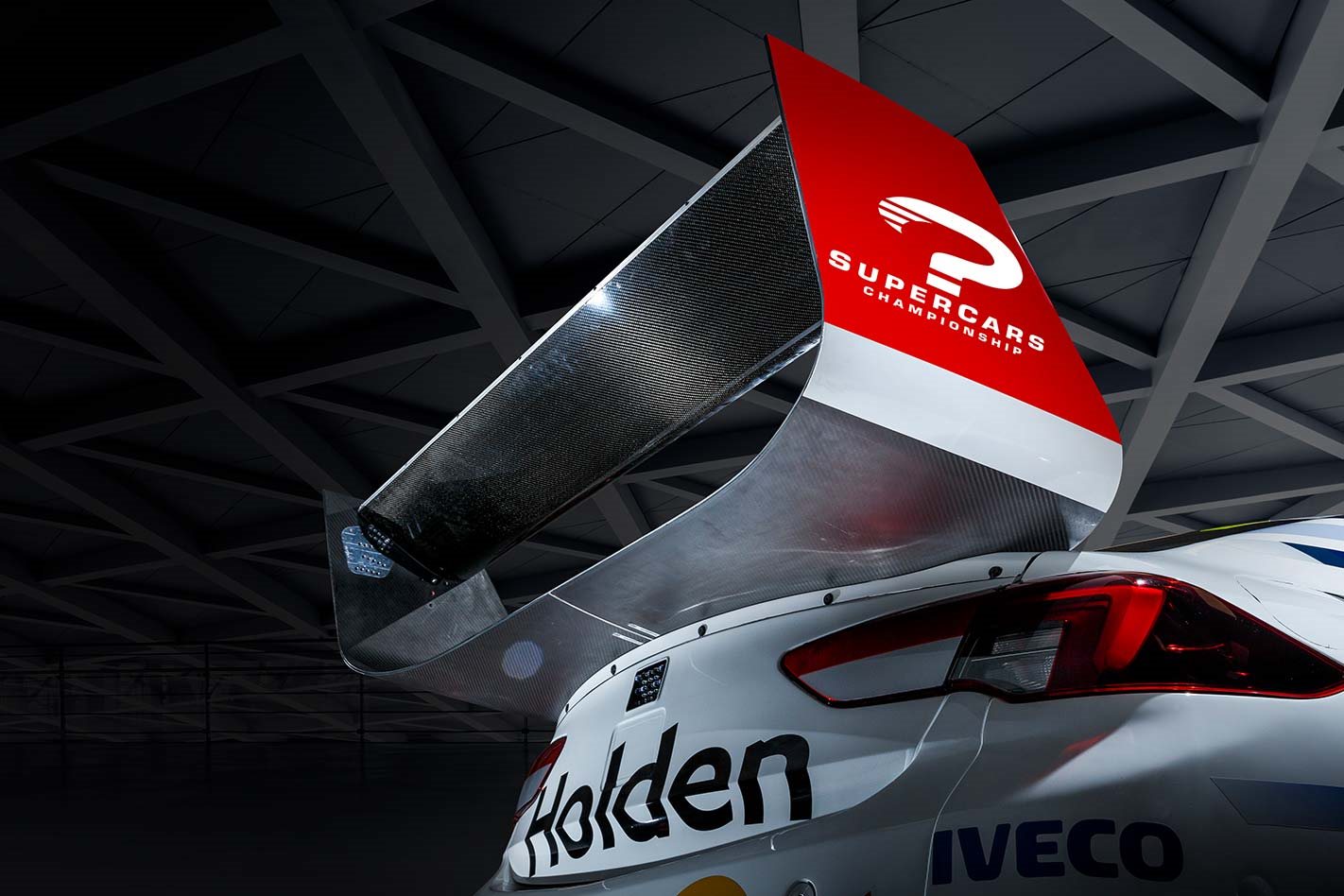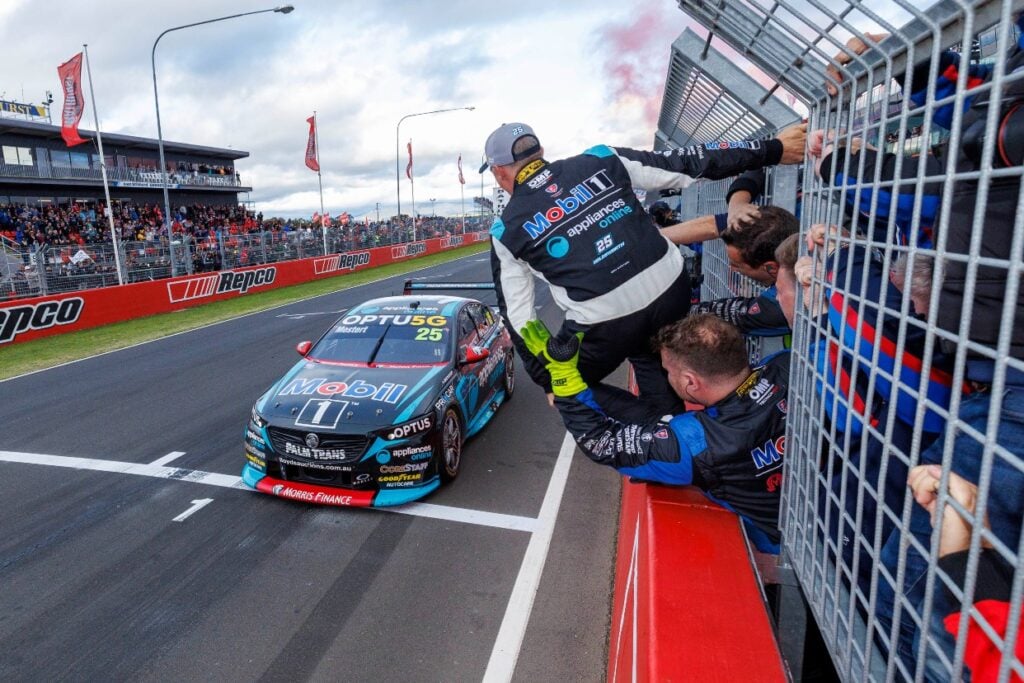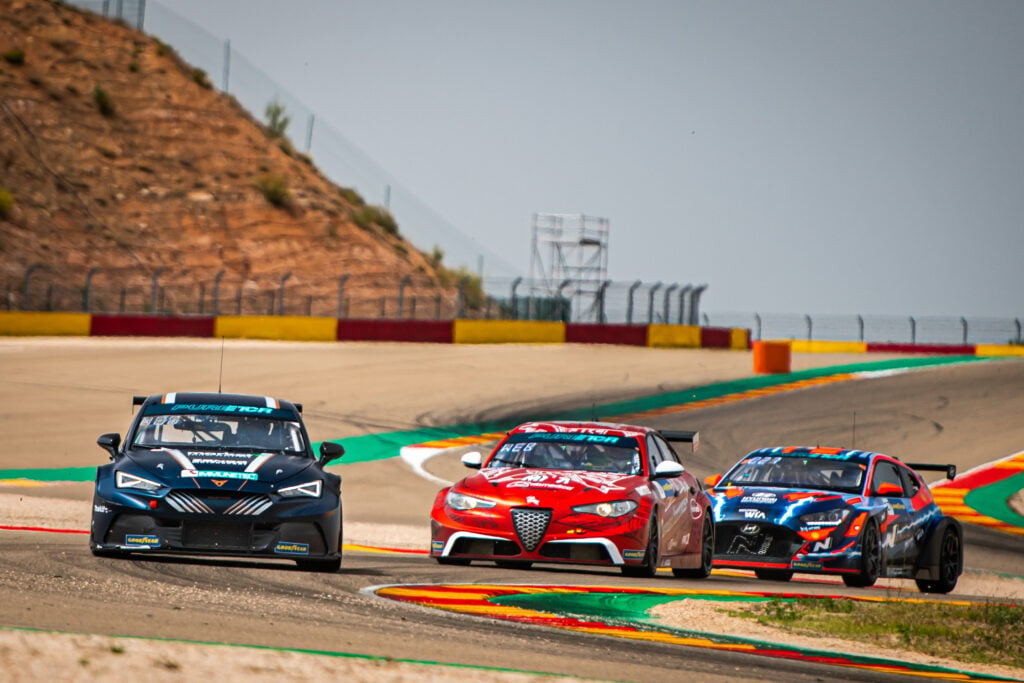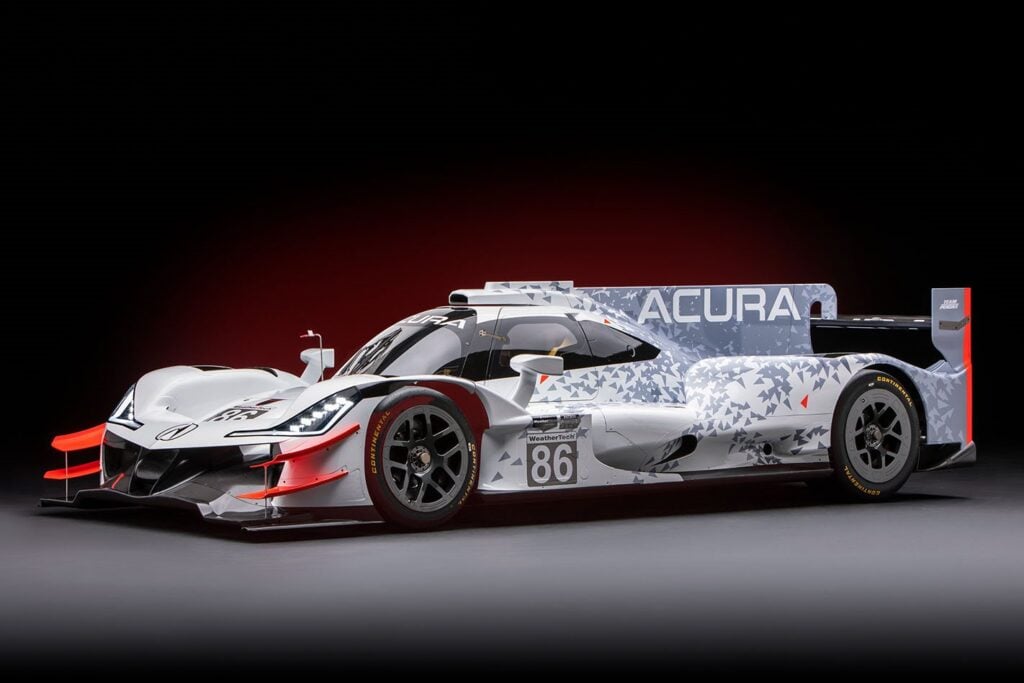Supercars is caught in a perfect storm of events that is likely to wreak unprecedented change, if not havoc, at a time when the future has never been more uncertain.
Holden’s demise was the unexpected development, with the announcement coming just as two deals critical to Supercars’ outlook were being negotiated. One is the new broadcast rights agreement that will underpin finances for the next several years, and the other is the looming sale of the business.
As well, Supercars is trying to work out what the next generation of V8 racers will look like – literally and figuratively – from 2022, seeking to attract new manufacturers and institute much-needed cost reductions.
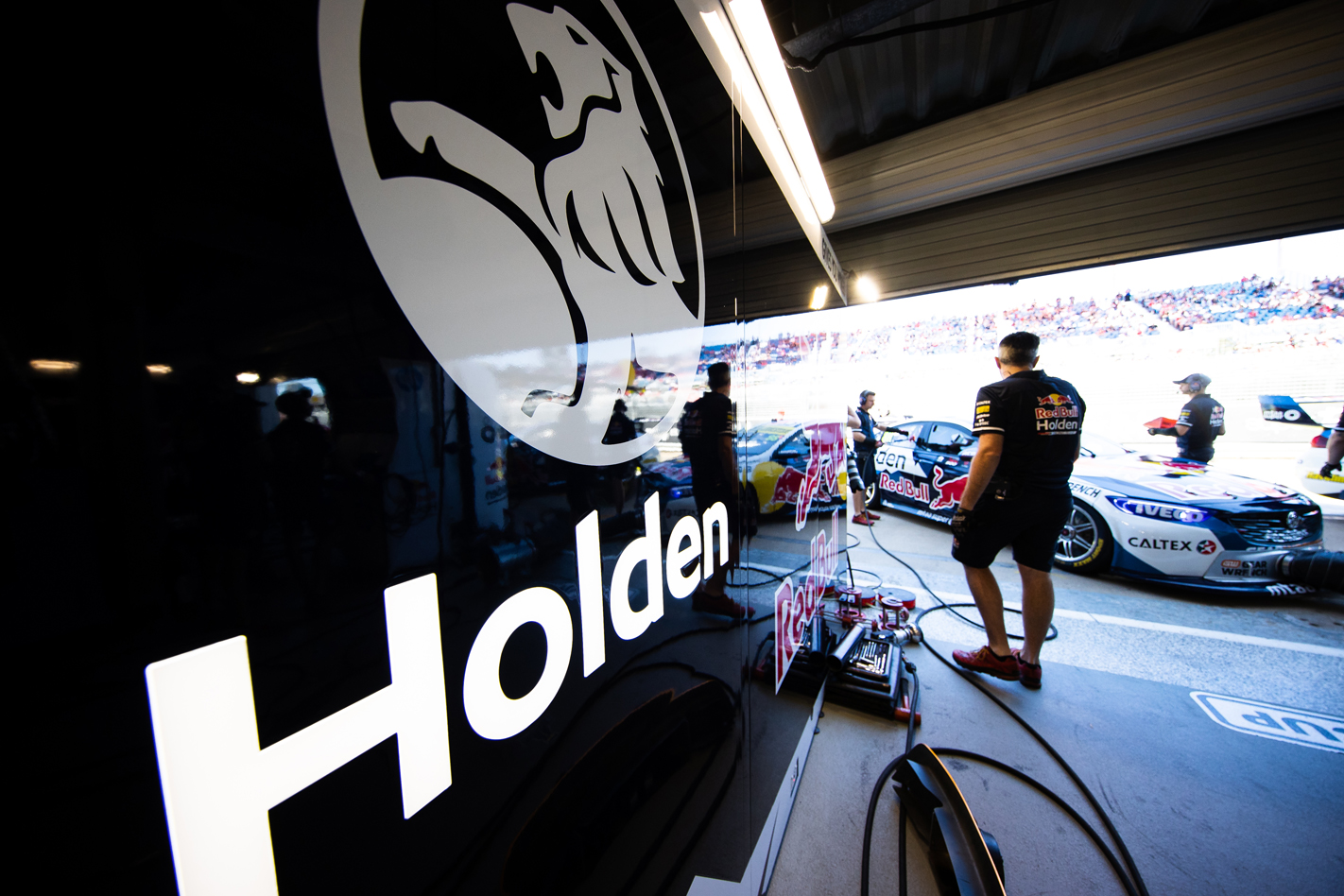
With all this going on, the timing of the news that Holden will be gone by the end of the year couldn’t have been worse, if only from a perception point of view. Supercars was prepared for life after the Commodore, a staple of Australian touring car racing since 1980, but not an automotive landscape without a significant General Motors presence.
On the surface, it’s like Formula 1 without Ferrari, or the AFL without Collingwood.
Replacing the Commodore with the Chevrolet Camaro to compete against the Ford Mustang was always part of the plan for Gen3, the coming major rules overhaul aimed at making it easier and cheaper for manufacturers – and teams – to compete with a wider range of two-door body shapes.
Originally, Gen3 was to be an evolution of the current Gen2 rules, which themselves were an extension of the game-changing 2013 Car of the Future regulations.
While Gen2 enabled the return of the Mustang to local top-line touring car racing – and with it Ford’s limited comeback in terms of factory backing – neither new manufacturers nor different engine configurations were enticed.
For Gen3, Supercars is again open to accepting non-V8s and even looking at hybrid technology, though not immediately.
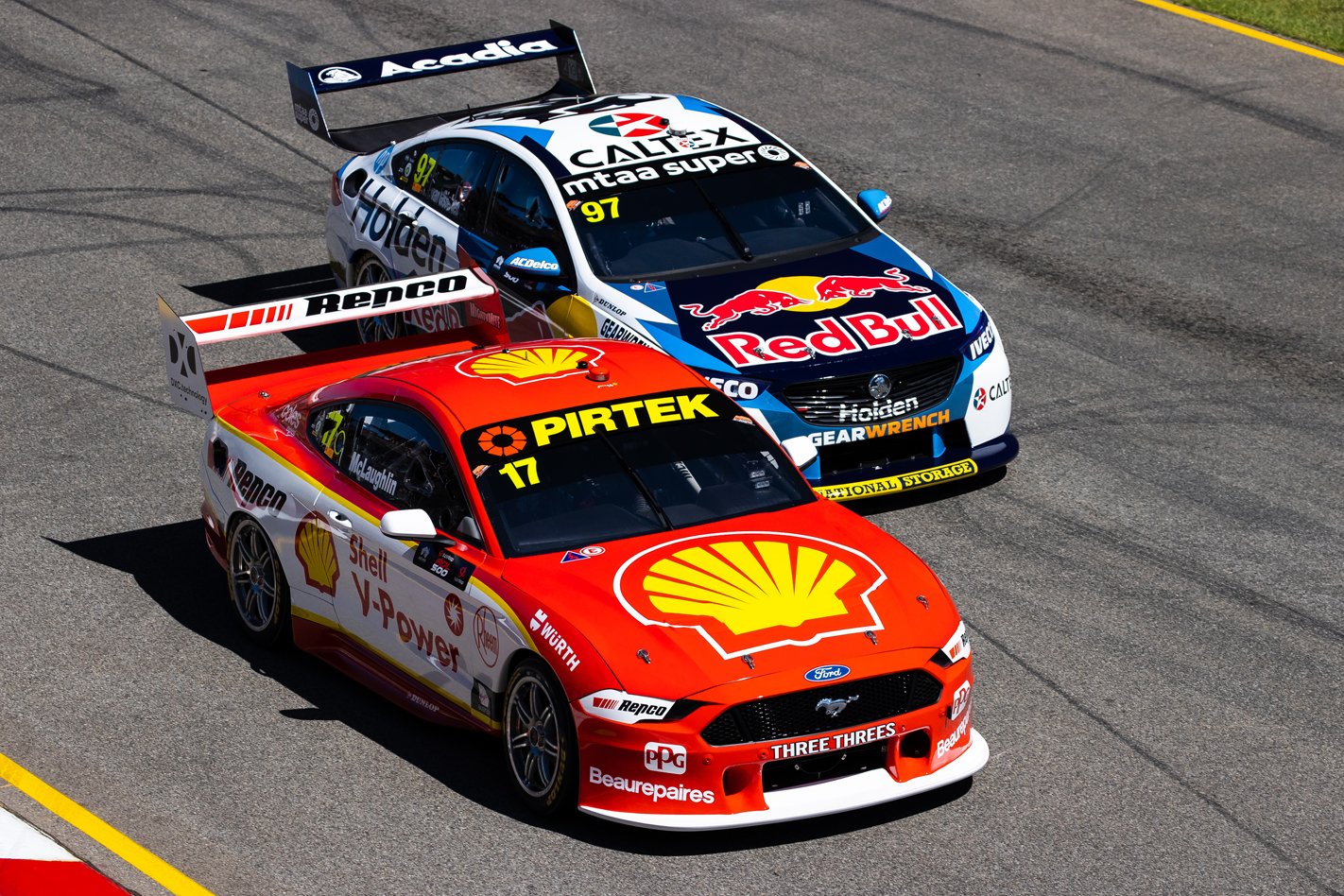
The other problem with Gen2 is that fitting a low-line two-door body shape onto the Supercars control chassis, designed for four-door sedans, produced the mutated Mustang. Despite every recent race car being cut and shut to fit the late 1990s-based chassis dimensions, Supercars always closely resembled the donor road cars.
The Mustang racer is obviously odd-looking, and Walkinshaw Andretti United – formerly Holden’s factory team – gave up on developing a Supercars Camaro because it would have looked unacceptably awkward.
WAU was hyper-mindful of racing a deformed Camaro because its HSV affiliate imports and ‘re-manufactures’ Chevy’s Mustang rival.
HSV will almost certainly transform into the GM Specialty Vehicles entity mentioned as the make’s future presence in Australia and, with backing from Detroit, will want to change from Commodore to Camaro in Supercars.
Also to be considered is that, unlike the Mustang, the future of the Camaro as a road car is uncertain beyond 2023/24. A new-generation Mustang, presumably to still be made in right-hand drive, is due in late 2021, in time for its shape to be adapted more proportionately to the Gen3 rules.
Ford Australia and Ford Performance in the US are interested in continuing their involvement in Supercars, but only if there is viable competition – be it red or otherwise.
Amid this turmoil and uncertainty, Supercars management has to ensure the sport’s financial future and resolve its ownership. The former is fundamental to both.
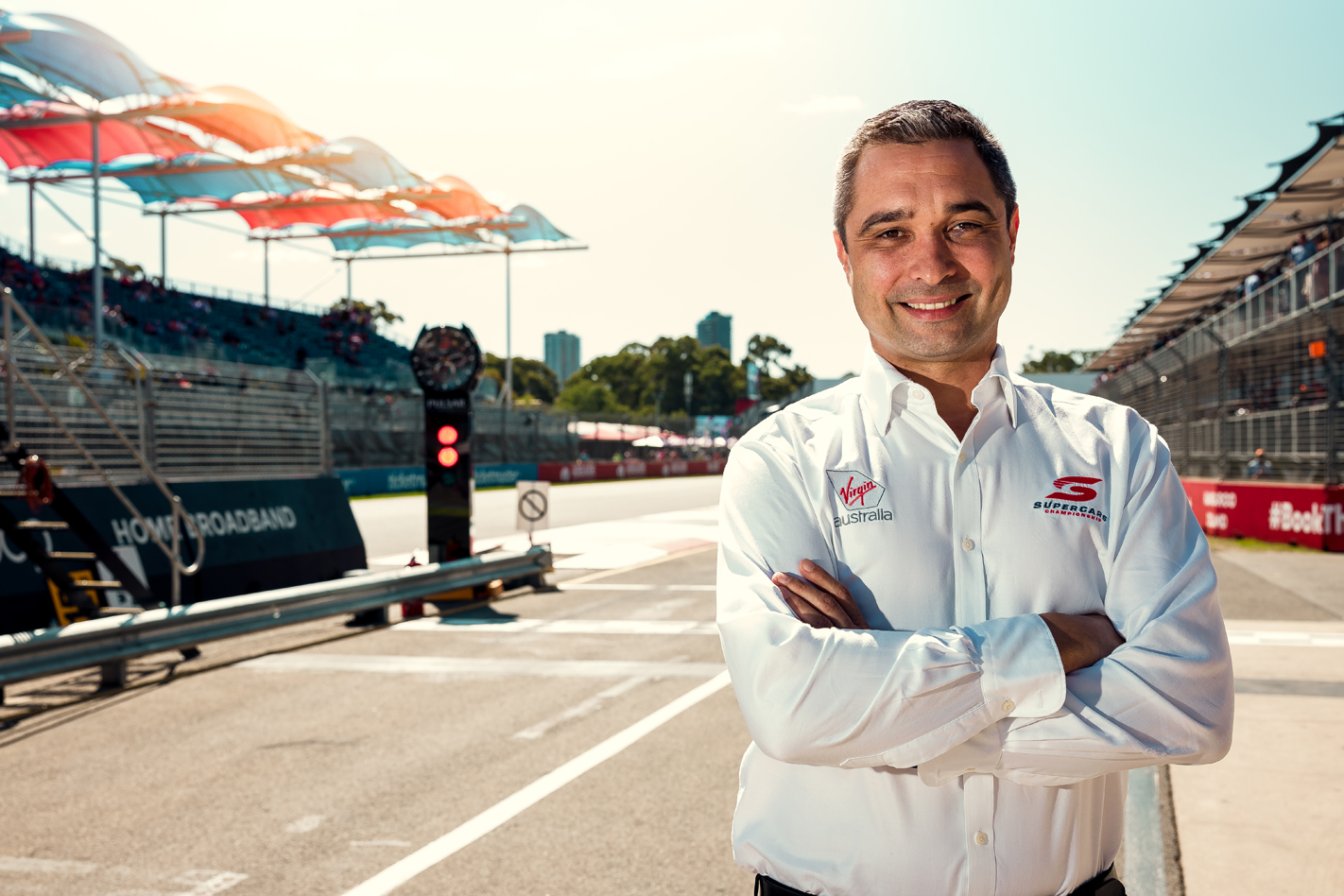
Supercars chief executive officer Sean Seamer, who took over from now Seven West Media boss James Warburton in early 2018, is facing his biggest test in securing a new broadcast media rights deal from next year.
The existing agreement with Fox Sports and Channel 10 was worth $241 million over six years, but industry experts say Supercars will be lucky to match that, much less get an increase.
The teams are crucial to any discussion about the future of Supercars because most are on the edge, either barely surviving or relying on subsidies from their owners.
Further complicating matters is Supercars’ ownership.
Private equity investor Archer Capital bought the series in 2012 and, by all accounts, did its dough. However, Archer has held on because Supercars was part of a basket of investments – including the fast-food chain Red Rooster – that overall have made the fund a fat profit.
But Archer has signalled for some time that it wants to get out of Supercars and, with the property’s value at an all-time low, predatory buyers are circling. Two bidders are in the race and will either wait until the new broadcast deal is done, defining the sport’s value, or strike early for a bargain.
So you can see why, even aside from sorting the new rules, Supercars management has a lot on its plate.
This background, while tedious, is relevant. Supercars has lost four manufacturers in the past five years: Mercedes-AMG, Volvo, Nissan and now Holden.
While Supercars chiefs proclaim “There is no crisis”, Holden’s demise has focused – if not hastened – attention on Gen3.
Wheels gathered Supercars supremo Seamer and WAU team boss Ryan Walkinshaw in the wake of the Holden announcement at the Adelaide 500. It was early days after the bombshell announcement, but both had strong views on the future.
Not so long ago, Supercars racing without Holden would have been unthinkable. Now it’s inevitable.
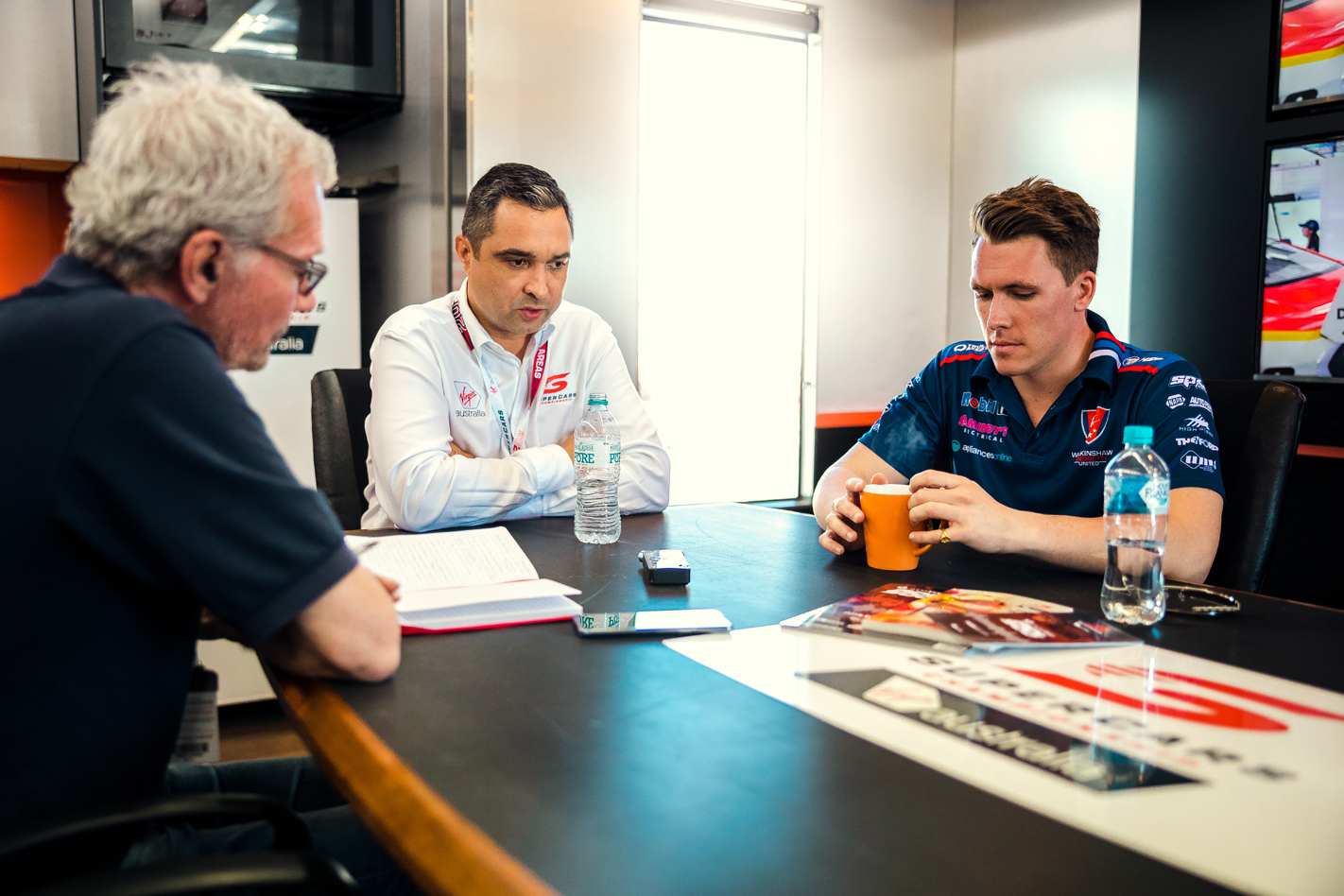
“It’s something that we knew was a possibility,” Seamer said. “We were planning for a future without the Commodore from late last year.
“The ramifications for us is a focusing of the collective mind up and down pit lane. I think you’re seeing a lot of unity from the team owners and from management, and some focus and some direction on a path that we knew we were going to have to tread, with some discussions about timing.”
Seamer rejected the notion that the departure of the sport’s biggest and most enduring brand is a crisis.
“I understand that there are people who might like to turn it into that, but the reality is that we knew that we were going to be working in a world post-Commodore. We also have a lot of people that are very, very experienced in the automotive industry, and none of us is naïve enough to think that the dynamism and the volatility that you see in the global automotive market wouldn’t have an impact on us.
“We know what’s going on, we’re not naïve, and I think that we’ll navigate the next three to five years perfectly because of all of that experience.”
Walkinshaw says: “I like to look at every challenge as an opportunity. People will focus in the short-term on the disappointment that the Holden brand won’t be here, but I think that there’s a lot of opportunity that presents itself for Supercars in re-evaluating who were are, what we do and what our product is, and a lot of that evaluation was already going on with Gen3.”
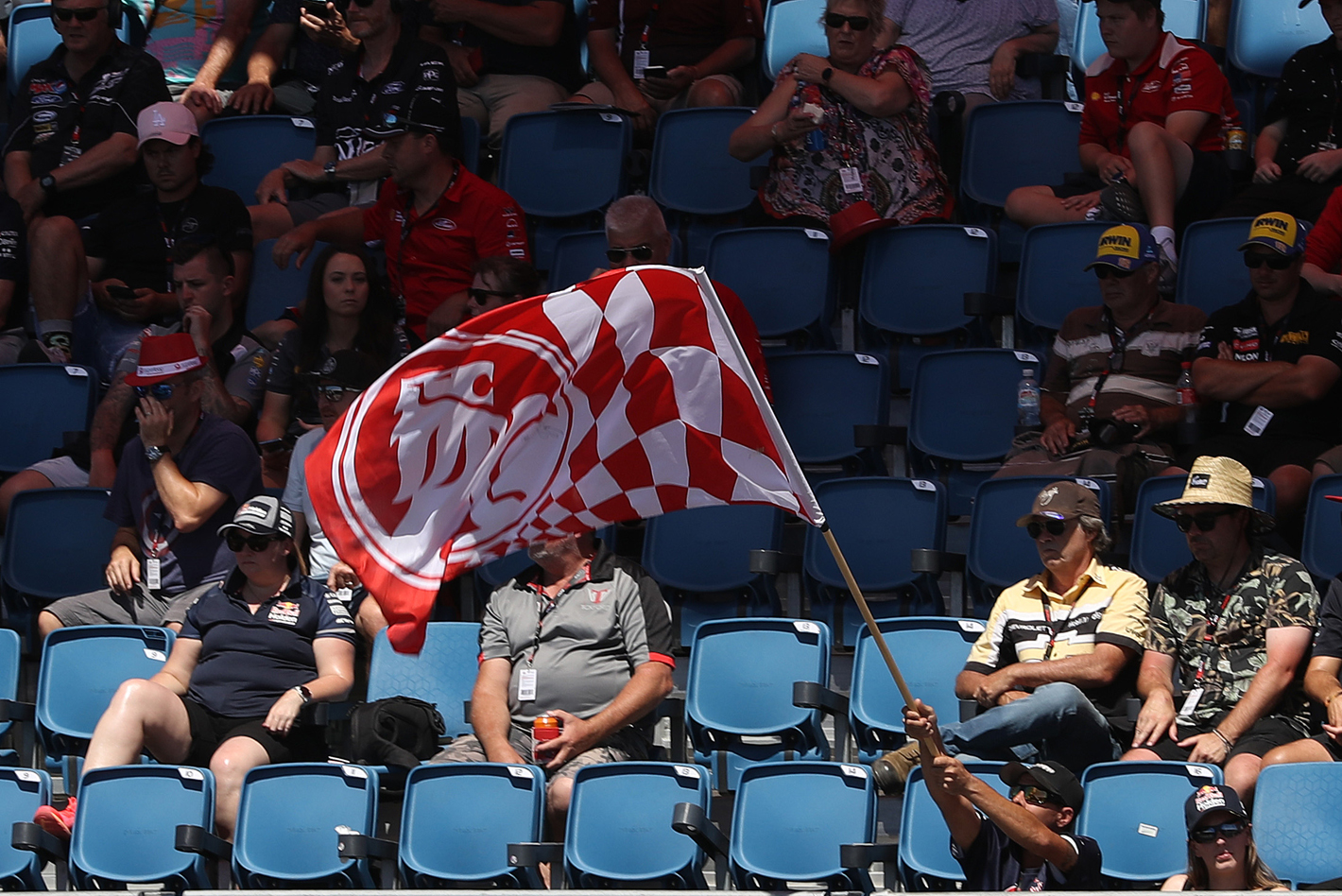
On specifics, Seamer says it’s too early to judge the impact of Holden’s demise, and the loss of large sedans, on Gen3.
“Obviously, we’re moving as quickly as we can to go through an assessment of that, but we’re not going to make a knee-jerk decision,” he declared. “This is a big, complex ecosystem, and decisions such as this need to be very thoroughly thought through. Even with the best intentions, if you rush a decision and don’t think it through properly, you don’t consider the follow-on impacts.”
Seamer confirmed that modifying the control chassis to more easily accommodate the Camaro, for example, was always on the cards.
“A new chassis was always part of the Gen3 plans, and that’s something that we’ll look at,” he said. “But it’s still too early to make any proclamations about that.”
Walkinshaw was reluctant to comment on efforts to bring forward rule changes to facilitate the Camaro’s entry as soon as next year, although he did admit that WAU was in discussions with non-GM makes.
“I know you’re trying to push the Camaro thing as a key point, but from our perspective, we’re going to wait and work with Supercars to ensure that any changes we have to the chassis are done the right way, and whether that’s for 2021 or 2022 is yet to be seen,” he said.
“We’re investigating a variety of different body shapes and have been in discussions with several different manufacturers for the future.”
Seamer confirmed that Supercars’ future would continue to be “fast, loud and proud”.
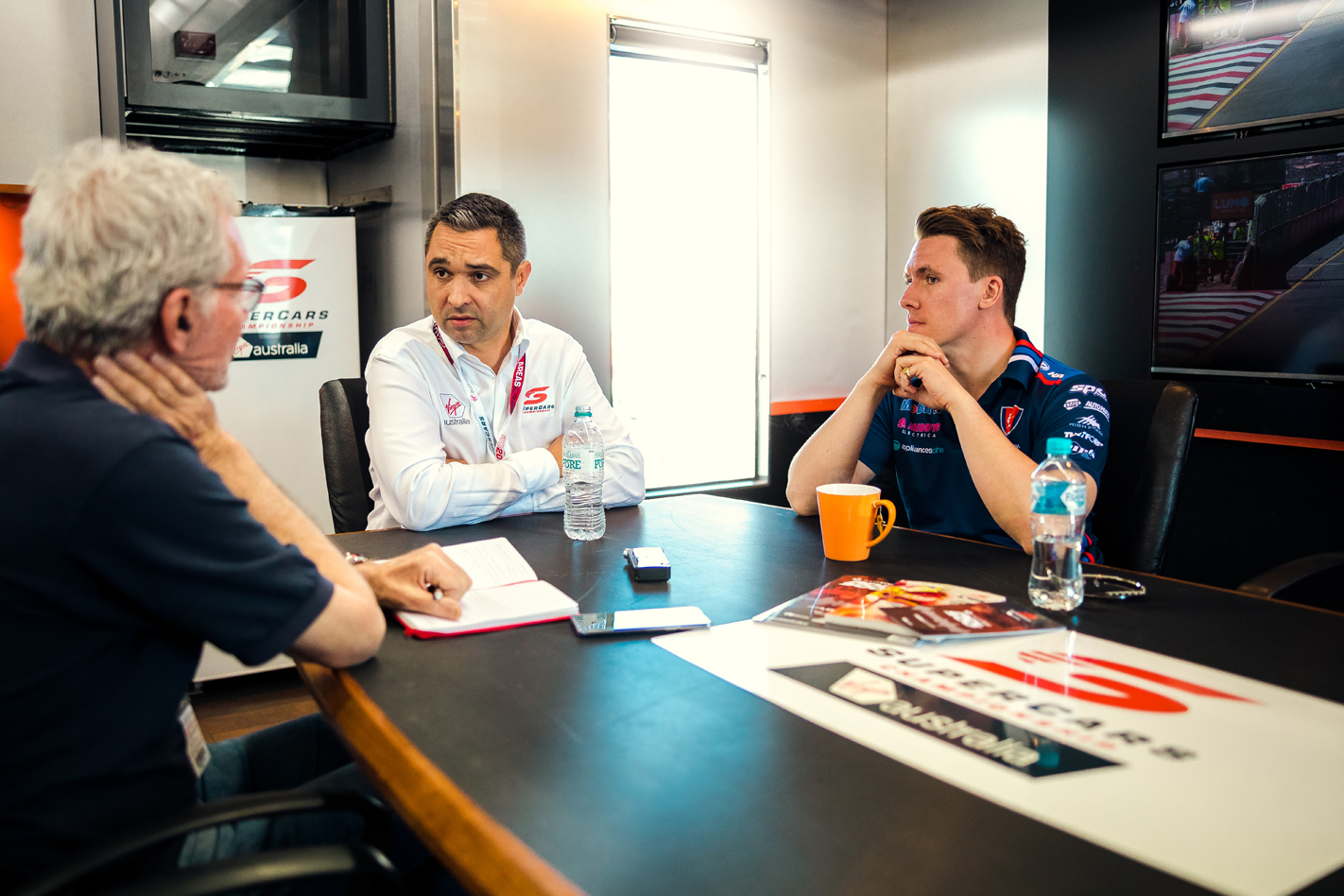
“Our number one priority is making sure that whatever we do, whatever we’re racing, we’re doing it the right way, that we’re doing it in an entertaining way, that we’re still putting on the best show in town.
“Like any business, you have to think about who your end consumer is, and we don’t want to get too caught up in the product right now and lose sight of the consumer.”
Seamer maintained that, while V8s were the core of Supercars, the Gen3 rules would have to consider allowing other engines.
“The foundation is fast, loud and close,” Seamer said.
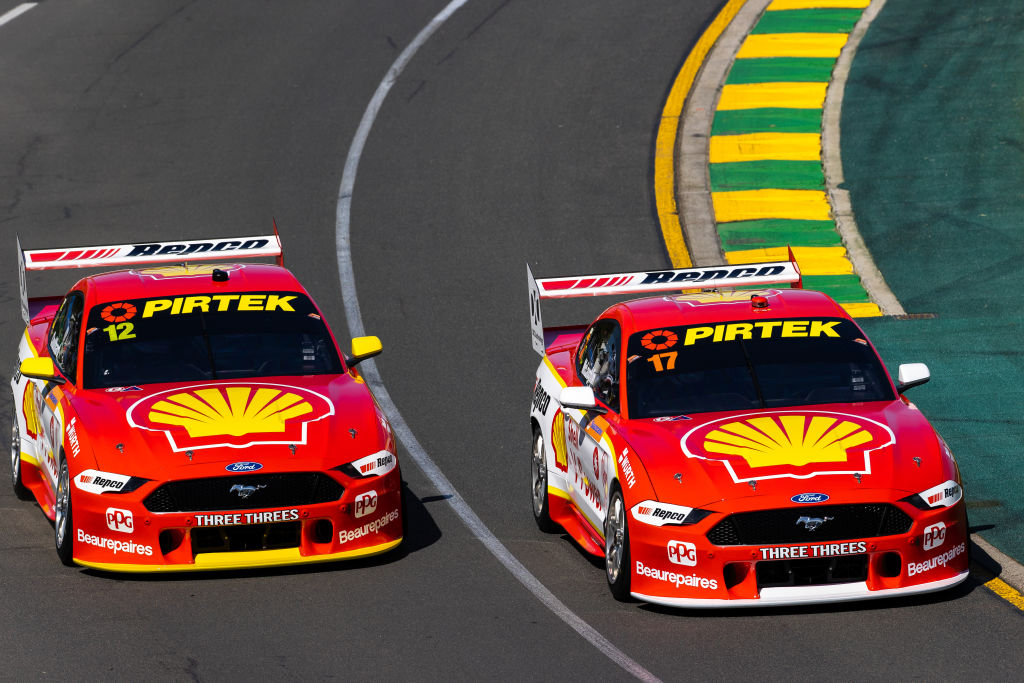
DJR Mustangs at Albert Park, 2020
“There are some negative connotations around different types of engines because it’s perceived that they’re not going to be entertaining, but they can be, and I think we’ve seen that in other eras.”
He also confirmed that Supercars was looking at adding hybrid electric assistance, but only as a “fast follower” to technology being developed by the British Touring Car Championship this year and NASCAR for 2021.
“We look at what all the other series are doing around the world,” Seamer explained. “Let’s not get hung up on cylinders. What I’m saying is that the DNA of being fast, loud, in your face and good visceral entertainment will remain, irrespective of what’s in the front of the cars. We’re not hung up on cylinder numbers. What we are hung up on is whether it’s entertaining or not.”
According to Walkinshaw, cost-cutting and simplifying homologation of body shapes is fundamental to the future of Supercars, which has prospered for more than 20 years.
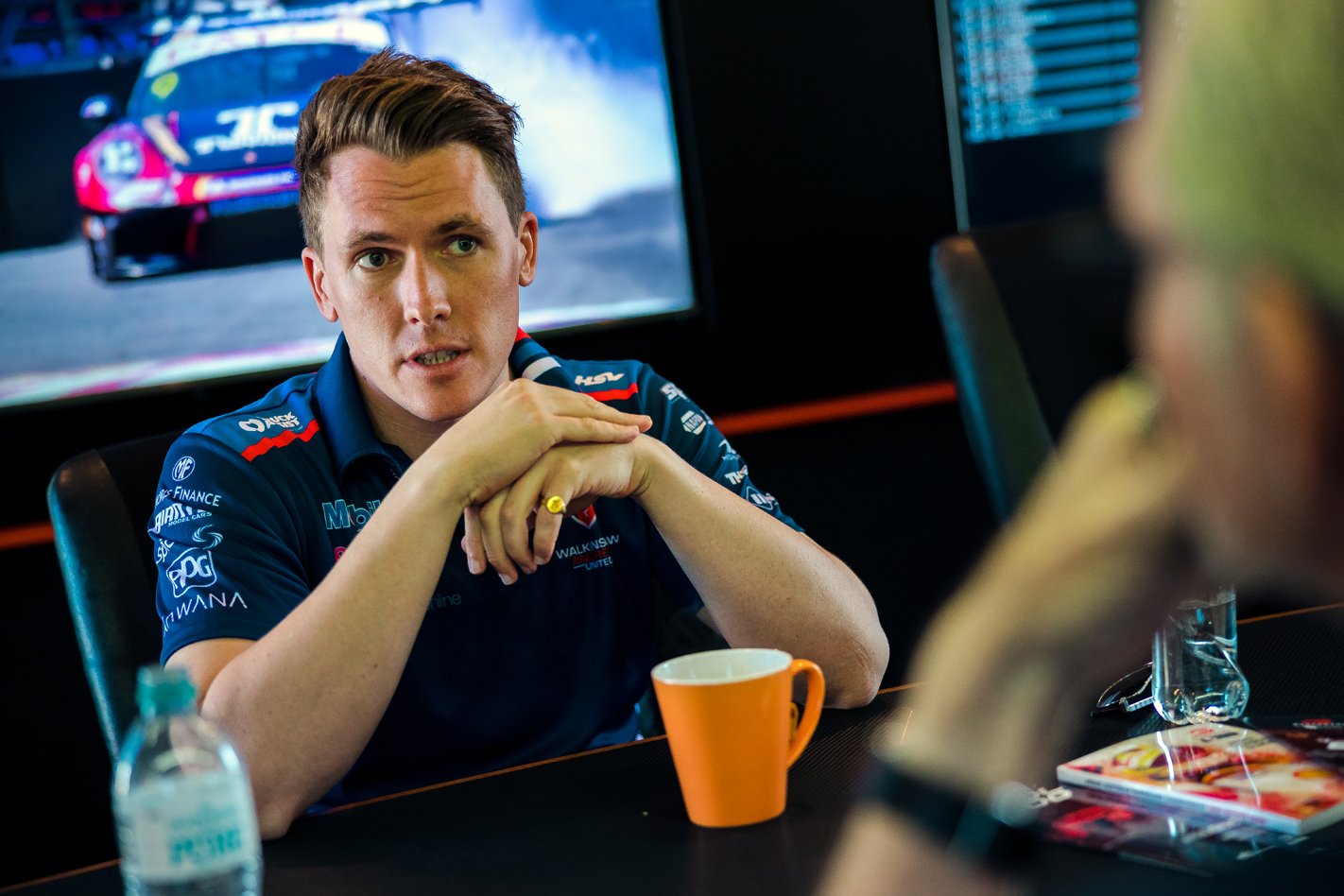
“I think there is a lot of opportunity to reduce costs,” Walkinshaw said. “There’s a lot of low-hanging fruit we’ve already removed, but there’s still some big low-hanging fruit that we can focus on for Gen3.
“Frankly, in my view the cars are too expensive, they are over-complicated for what we need. All that extra expense doesn’t make one iota of difference to the interest from the fans.
“As I’ve been saying for a long time, remove all the funky stuff and just have good, exciting, loud cars that go racing. We don’t need to have all this heavy engineering that goes on, because the fans don’t give a shit, they really don’t.
“They want to watch their favourite drivers go around and have close racing at some of the best sporting events in the country. That’s what we provide, so why do we need to have all the complexity we currently have in these cars?
“Let’s take Gen3 as an opportunity to remove as much cost and complexity as possible.”
Getting Toyota involved is the Holy Grail of Supercars’ ambition, which is why Gen3 will facilitate the tiny two-seater Supra’s dimensions, along with abandoning the requirement for four seats.
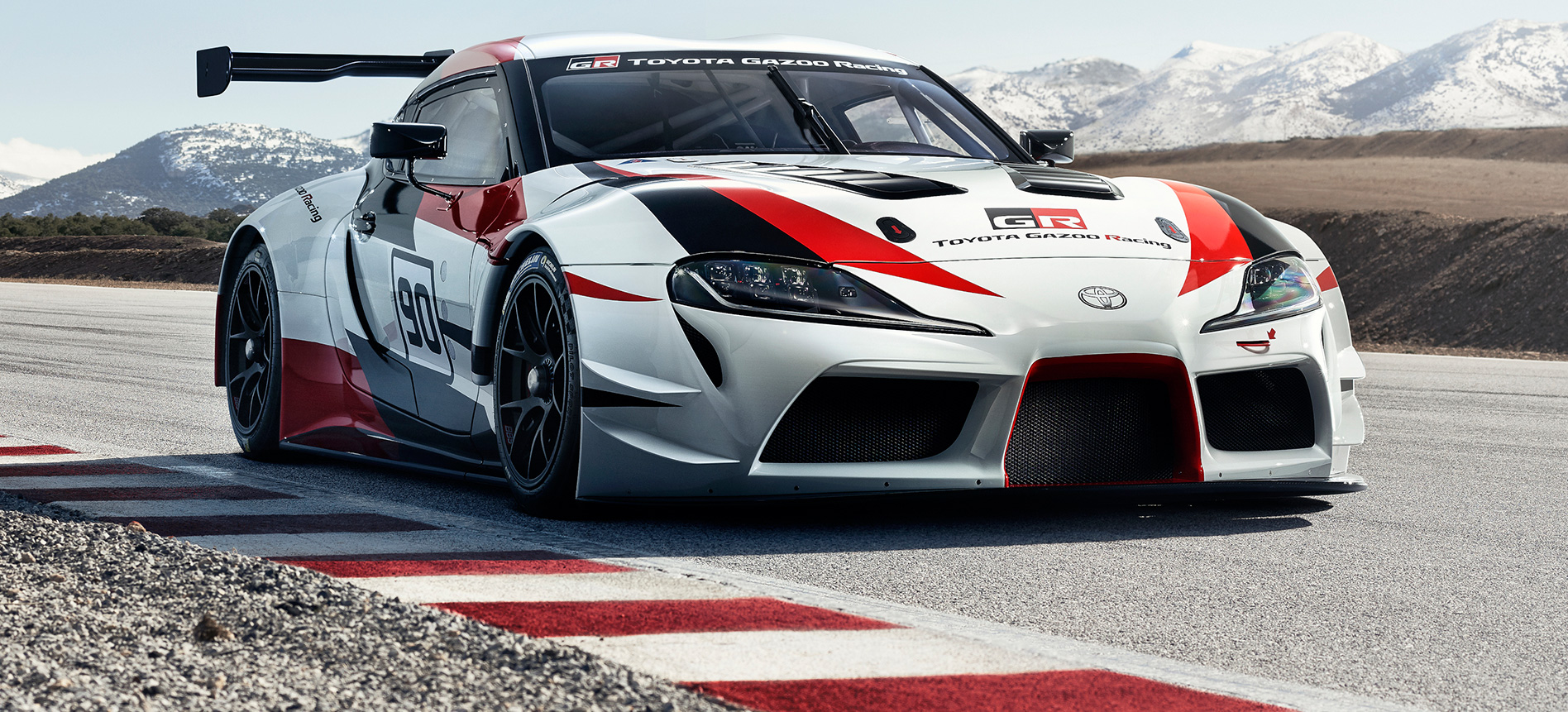
“I don’t think we’d stretch the rules,” Seamer said. “I think that in Gen3, you include the opportunity – or maximise the opportunity – for as many different relevant shapes, based on what a manufacturer wants to do. There’s been a lot of conversation around two-door performance cars because there is a market between $80,000 and $150,000 that’s relatedly affordable. They’re attainable and they’re also aspirational.
“Now, we’re not talking about Ferraris and all the rest of it, but I can aspire to owning a Mustang or a Camaro or a Supra or even an AMG C63 or a BMW M4, whatever it might be in that attainable performance car market. In the conversations that we have with manufacturers, we see longevity in that platform.”
Supercars is at a crossroads. History versus relevance. Once broadcast rights and ownership are resolved, the technical rules – and what they allow – will determine the future of arguably the best touring car racing championship in the world.
These are big stakes for what, in global terms, is a small series in a marginalised market.
Who would buy Supercars?
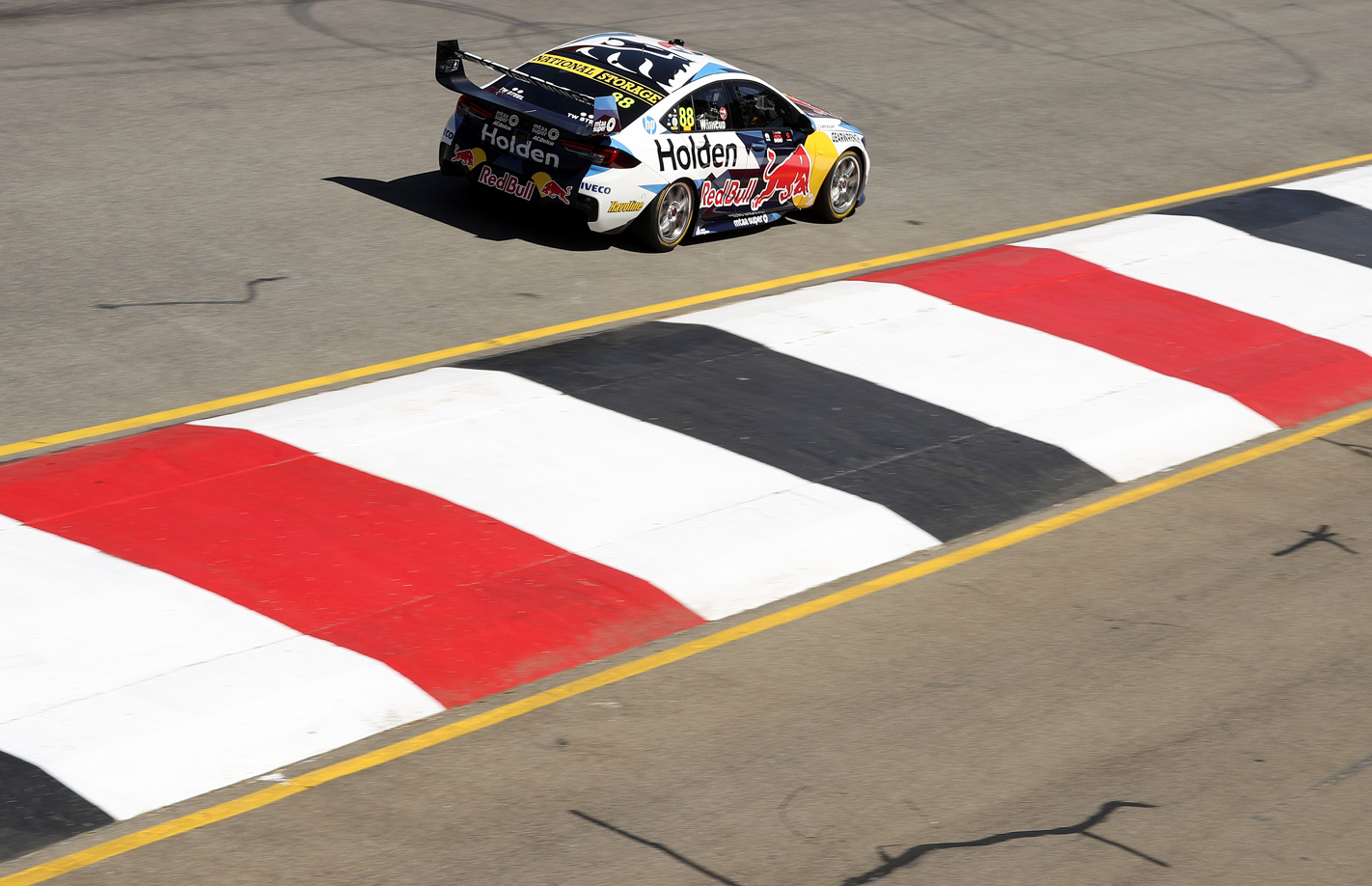
The first group wanting to buy Supercars is the Australian Racing Group (ARG), a well-financed disruptor that has emerged in the past year, funding the establishment of TCR 2.0-litre touring car racing, S5000 V8 big-banger open-wheelers and an end-of-season international event at Bathurst.
ARG is backed by reclusive property developer and racing enthusiast Brian Boyd – a long-time patron under his PAYCE and Paynter Dixon sponsorships of multiple classes.
Boyd has deep, deep pockets and a desire to run racing in this country. His motorsport lieutenants are former Wilson Group CEO John McMellan – a big racing backer when he headed Hong Kong-based parking, security, medical and storage conglomerate Wilson – and ex-Volvo Australia boss and Supercars 2IC Matt Braid.
Their rivals for control of Supercars are a band of rich team owners. Think Roger Penske, Roland Dane, Walkinshaw and eccentric Erebus Motorsport patron Betty Klimenko. Their takeover bid is being organised by amateur racer Tim Miles, a financier who brokered Archer’s buyout, which resulted in a multimillion-dollar windfall for team owners.

